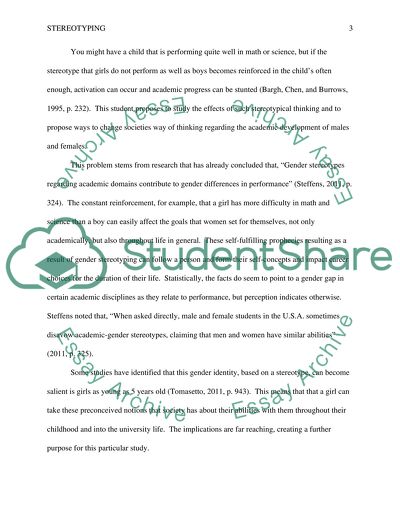Cite this document
(“Stereotyping and Gender/Racial Diversity Research Paper”, n.d.)
Retrieved from https://studentshare.org/psychology/1402891-stereotyping-and-gender-racial-diversity
Retrieved from https://studentshare.org/psychology/1402891-stereotyping-and-gender-racial-diversity
(Stereotyping and Gender/Racial Diversity Research Paper)
https://studentshare.org/psychology/1402891-stereotyping-and-gender-racial-diversity.
https://studentshare.org/psychology/1402891-stereotyping-and-gender-racial-diversity.
“Stereotyping and Gender/Racial Diversity Research Paper”, n.d. https://studentshare.org/psychology/1402891-stereotyping-and-gender-racial-diversity.


